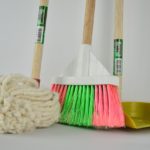
The Scottish Dental Registrars on a recent systematic review of the effects of self-ligating brackets and conventional brackets on the periodontal status of adolescents undergoing orthodontic treatment.
[read the full story...]
The Scottish Dental Registrars on a recent systematic review of the effects of self-ligating brackets and conventional brackets on the periodontal status of adolescents undergoing orthodontic treatment.
[read the full story...]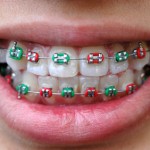
This randomised trial examined the use of social media (YouTube ) for the provision of patient information to those undergoing fixed orthodontic treatment. A larger improvement in knowledge was seen in the YouTube group at 6-8 weeks.
[read the full story...]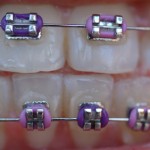
The aim of this review was to assess the effectiveness, efficiency, and potential side effects of the various archwires used during fixed appliance orthodontic treatment. Searches were conducted in Medline, Cochrane Library, Biomed Central, BBO including LILACS, Ind Med, Sceilo, Clinical trials.gov, Conference paper Index, Digital Dissertations, German National Library of Medicine (ZB MED), Google [read the full story…]
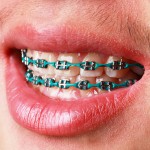
Failure to maintain good oral hygiene during fixed appliance orthodontic treatment can lead to the development of demineralised white lesions (DWLs) around the orthodontic brackets. The incidence of this adverse effect of treatment has bee reported as being between 15-85. A recent Cochrane review by Benson et al (see Dental Elf 27th Jan 2014) found [read the full story…]

This is the latest update of a Cochrane review which aims to assess the effects of initial arch wires for alignment of teeth with fixed orthodontic braces in relation to alignment speed, root resorption and pain intensity. The Cochrane Oral Health Group’s Trials Register, CENTRAL, Medline and Embase databases were searched. Handsearching of a number [read the full story…]
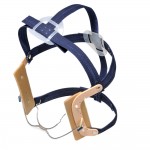
One of important differences about Cochrane reviews is their commitment of their authors to regularly review and update the content of their reviews. This is an update of a Cochrane review published in 2006. The aim of the review being to establish whether orthodontic treatment, carried out without the removal of permanent teeth, in children [read the full story…]
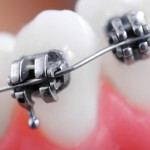
This critical summary of a systematic review published in 2010 was prepared under the auspices of the American Dental Association Center for Evidence-Based Dentistry. The aim of this review was see whether the use of using self-ligating brackets (SLBs) improved clinical outcomes in orthodontic treatment compared with conventional brackets (CBs). The commentator noted that despite [read the full story…]

This clinical trial was one of the two included in the recently published Cochrane Review and has itself just been published. It was a multi-centred trial that took place at One District General Hospital Orthodontic Department and two Specialist Orthodontic Practices. Orthodontic patients aged between 10 and 18 years old, were randomly allocated to either receive [read the full story…]

This new Cochrane review compares methods of fixing tubes on back (molar) teeth to allow the wires need to move the teeth pass through them. These can be welded to bands cemented to teeth or glued (bonded) directly to the teeth. They only found two well designed trials which suggest that bonded molar tubes are [read the full story…]